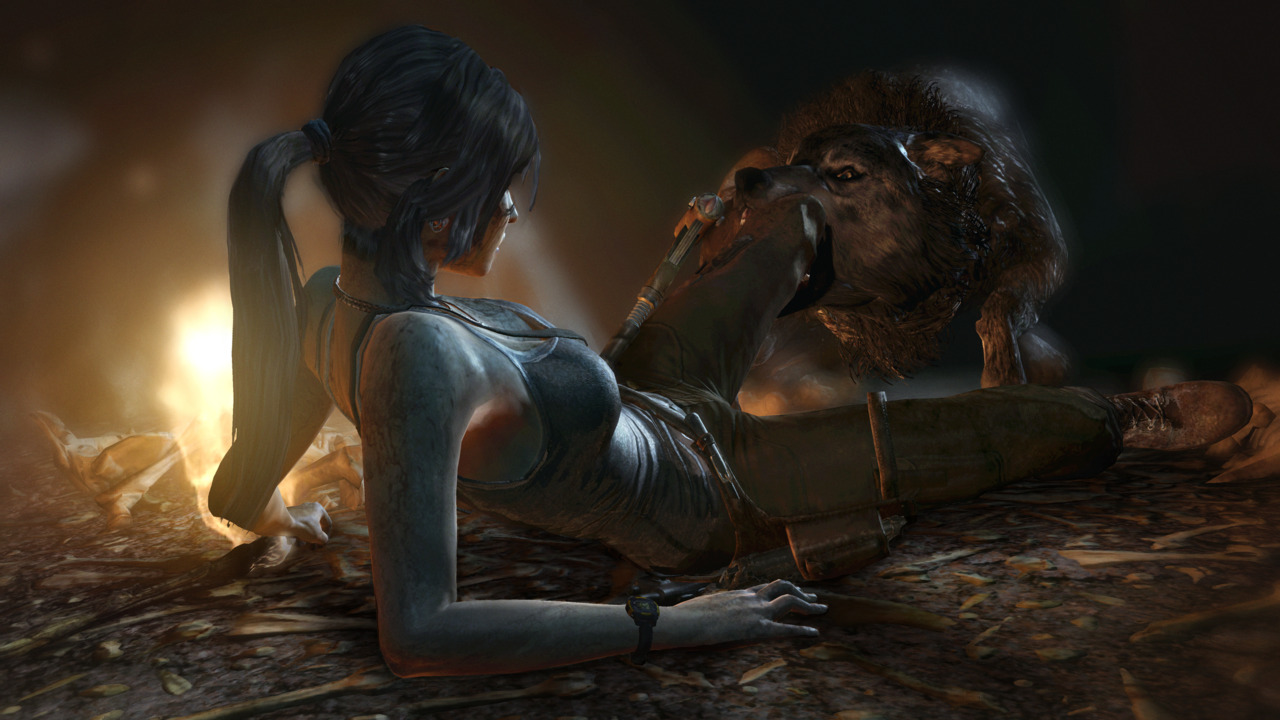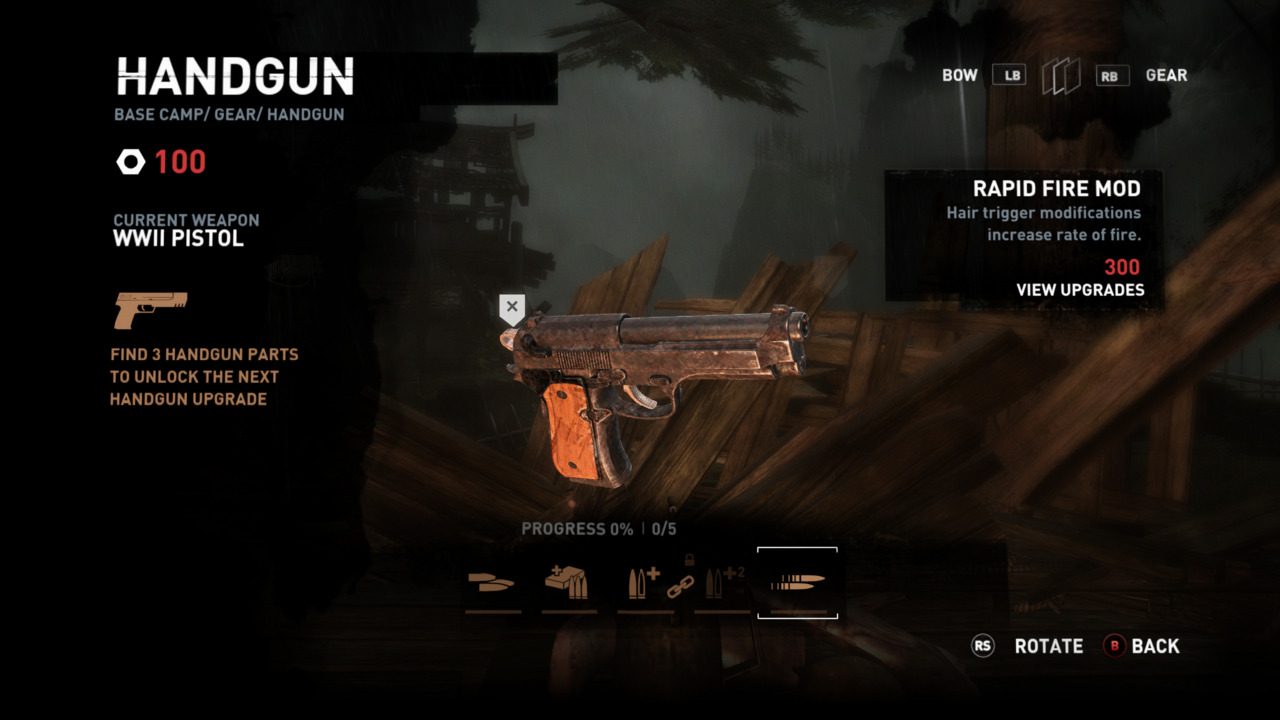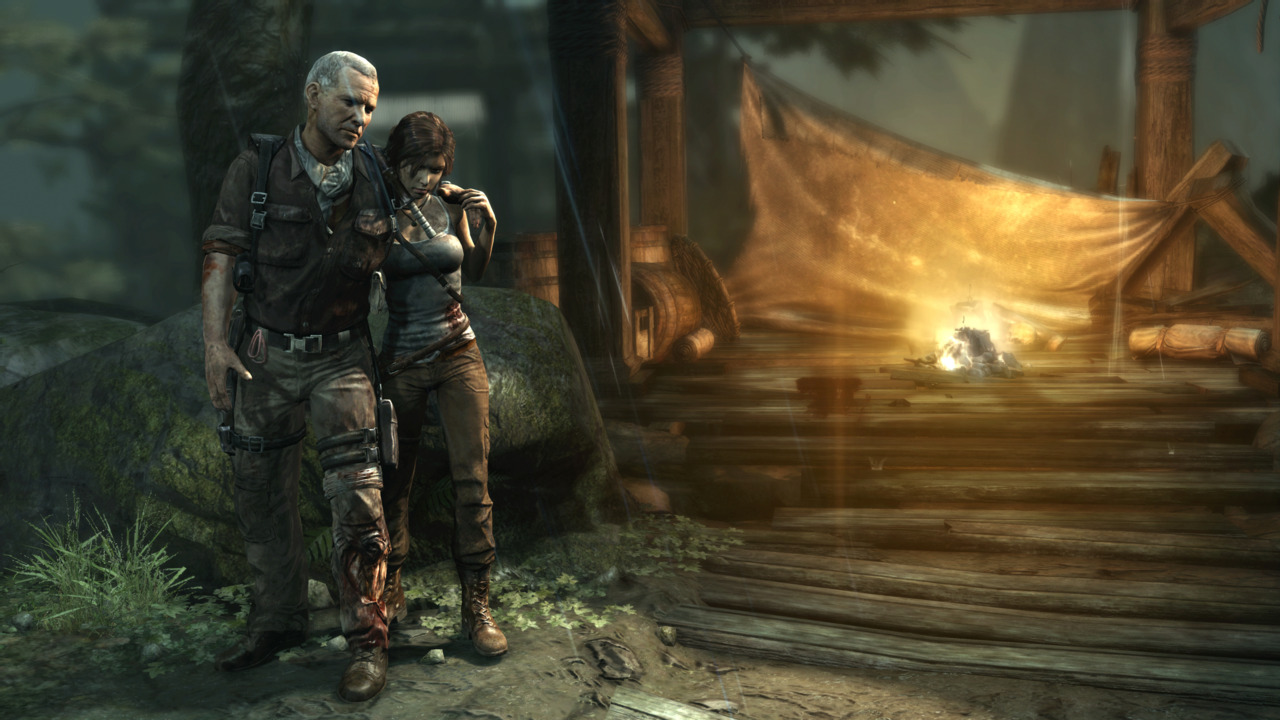It's Hard to Believe in the New Lara Croft
With all the talk of a more vulnerable, realistic Lara Croft, we delve into the first 2.5 hours of the game to find out just how human this heroine is.
Video games often struggle to produce believable characters. Striking the right balance between fiction and reality is hard for any medium, let alone one whose drive to entertain frequently overrides its capacity to comment on the human condition. This is why we generally commend video games that succeed in creating convincing virtual worlds, but abstain from criticizing the ones that don't.
Of course, any game that explicitly promises players a glimpse of this elusive verisimilitude is exempt from the rule.
The upcoming Tomb Raider reboot from Crystal Dynamics has made a point of emphasizing the believability of its protagonist Lara Croft. We are led to believe the much-loved gaming heroine has been reworked into a younger, more vulnerable creature without her trademark impishness and overt sex appeal. We are told the game will pay more attention to Lara as a person, giving her a more complex set of feelings and capturing the not-so-glamorous side of a human being coming to terms with her own mortality; a necessary reminder that heroes are made, not born.
But if the first 2.5 hours of the game are any indication of what's to come, then Tomb Raider might not live up to these promises.
Your introduction to Lara Croft is a taste of what to expect in this first part of the game: a series of injuries and narrow escapes so incredulous that they could almost be mistaken as a deliberate comment on the absurd damage that befalls video game protagonists of this genre. Not even the somber context of the opening act--the underground labyrinth of some kind of psychopathic island-dweller--is enough to lift it towards an honest representation of a vulnerable woman left to fend for herself in an inhospitable environment.
Much the same can be said for Lara's first human kill. Crystal Dynamics has invested a lot of time and energy in reiterating the importance of this moment: how you would feel a connection to Lara, how the moment would define her character, how it would feel genuinely shocking, disturbing, and exhilarating. Instead, you are presented with a quick-time event much like any other quick-time event before it. It's hard to believe it was this scene which caused so much controversy earlier this year. Had sexual assault actually been a theme here, you might have been forced to question the very nature of human behavior, or at least to think about why humans act the way they do; that would have at least been something.
Instead, the scene shows us Lara, captured by a group of armed men, forced to defend herself and pull the trigger on one of her captors. She looks distressed, sure. But from this point on until the end of the 2.5-hour playable demo, Lara shows no signs of fighting with herself over the moral consequences of killing another human being. She adapts to her new role with what appears to be the mindset of an experienced killer, leaving a trail of dead bodies in her wake.
While past glimpses of the game hinted heavily at survival--something that could undoubtedly help set this new Tomb Raider apart from previous entries in the franchise--the first few hours of the game are mostly free of survival elements. The one exception is Lara hunting and skinning a deer after remarking that she's hungry. (But at no other point in the first 2.5 hours of the game after this moment does Lara mention food again, despite the impression that a lot of time has elapsed since that first meal.)
The integration of story and gameplay is also problematic in the first few hours of the game. You discover much of the game's story through scripted cutscenes presented as home-made videos made by Lara and her fellow crew members prior to the shipwreck that brought them to the island. It's not quite as obvious as flashback sequences, but not much more original either. However, there are also diary entries and documents scattered throughout the island for you to discover, which provide insight into Lara and her crew, the details of their expedition, and the island's secrets, and give you an incentive to explore.
This leads to one of the most promising things about this game so far, a stark contrast to the otherwise lacking survival elements and linear platforming-to-combat sequences. The ability to upgrade Lara's abilities through experience points is presented in a neat RPG-like upgrade system that rewards you for taking the time to explore the environment, collecting bits and pieces that translate into more points.
This feature helps match Lara's personal growth as a character to what is actually happening in the game--her combat skills, weapons, tools, and survival skills can all be upgraded to make her a stronger, more confident warrior--while allowing you an element of freedom in dictating what kind of person Lara will be when she emerges from her ordeal.
That, at least, gives us something to hope for.
'Got a news tip or want to contact us directly? Email news@gamespot.com



Join the conversation